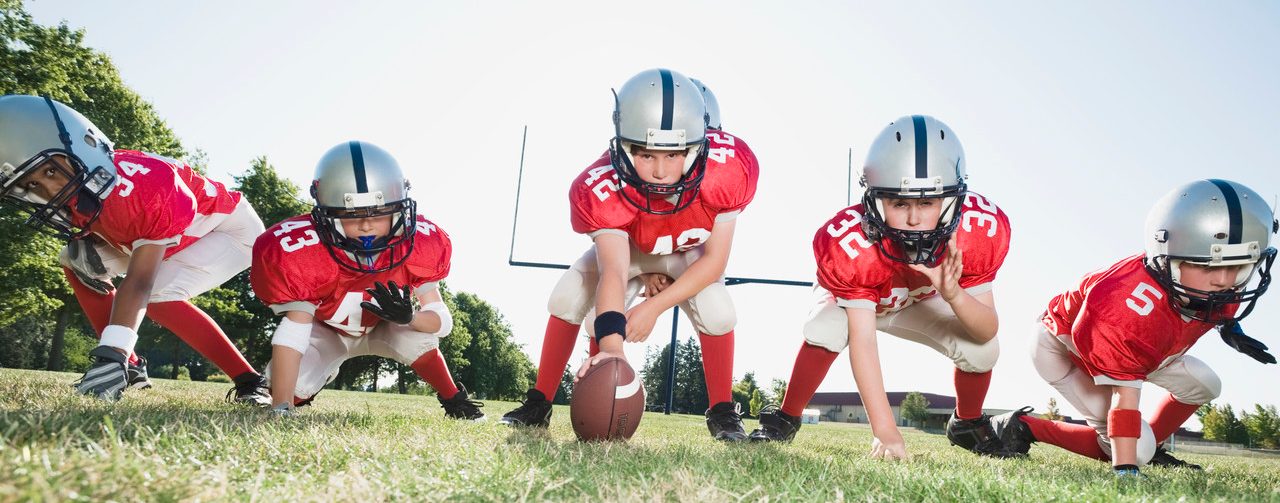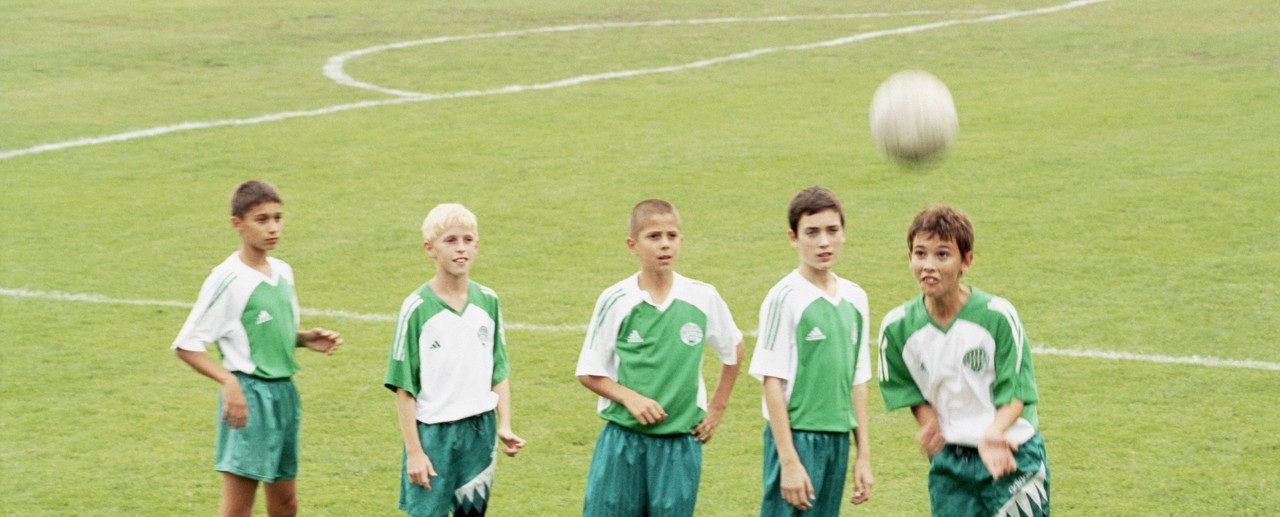February 23, 2018
How Much Does The NFL Worry About Kids?

The NFL does a lot for kids. Check out, for example, many nice things that happen via the NFL Foundation.
Then again, a league that only acknowledged a link between football and chronic traumatic encephalopathy in 2016 after many denials and dismissals in the face of evidence brought forth by scientists and clinicians has been sending a different message to the kids who watch the games and follow the sport. That message is that professional football players aren’t really at serious risk for brain injury. That message comes across every time a player makes head contact with another player – and stays in the game when the other player is carted off the field to be administered the concussion protocol unless the head hit was determined to be “egregious.”
YOU MIGHT ALSO LIKE: Chronic Traumatic Encephalopathy Is Real and Dangerous
It’s hard to imagine a kid watching an NFL game to take away the message that the player’s brain may have suffered a substantial trauma, and that repeated traumas may lead to substantial impairment in future years. Sure, they see the player leave the game, and maybe even see the player’s face and eyes which indicate that something is going on that’s not very good. But this is treated as part of the game, no different than twisting an ankle or tearing a knee. Why? Because the vast majority of the time the player who made head contact only gets penalized (and later fined). It can be difficult to make that judgment call that a player should be thrown out of the game because of an “egregious” hit to the head.
In principle, one could argue that this is appropriate. The game happens at a frantic pace, players are reacting in split seconds to try to control the force of their bodies. So, from time to time heads will make contact, and a player will get hit in the head. And sometimes that player will have a concussion. So there you go. It’s a part of the game that is very physical.
But that’s the problem. We are still fundamentally saying that hits to the head are a part of the game, a risk that you take. If it’s a part of the game, you just try to avoid cheap shots. If you get hit in the head, you go through a concussion protocol, and come back to play when you are cleared. If you hit someone in the head, you may just get a penalty if your actions weren’t so blatant as to be characterized as “egregious.”
Even though there is more acknowledgement of the seriousness of a hit to the head, and players are looked after if they suffer a hit to the head, the takeaway to that 10-year-old watching the game is that it is a part of the game.
If the NFL was really worried about the college players who hope to turn pro, about the high school players who dream about being in the NFL some day, then they would make a bold statement by ejecting anyone who lays a hit on the head to another player. No fussing around about intention – and let’s face it, if you watch enough football you see hits to the head that may not be intentional in terms of trying to induce a concussion but are certainly intentional in terms of the general area of where the hit was made. You see players get crushed and just see a flag thrown. You see a quarterback going into a protected slide and get smashed in the head, and there’s debate about who is at fault and if the hit was intentional.
Through the lens of a kid watching an NFL game, I find it hard to believe that they are internalizing much of anything other than getting hits to the head is a part of the game.
Maybe the NFL is good with that, all the way around. But it does raise the question of how much the NFL really cares about the kids who they want to grow up loving the game.
YOU MIGHT ALSO LIKE: How to Protect Your Child Against Concussion


